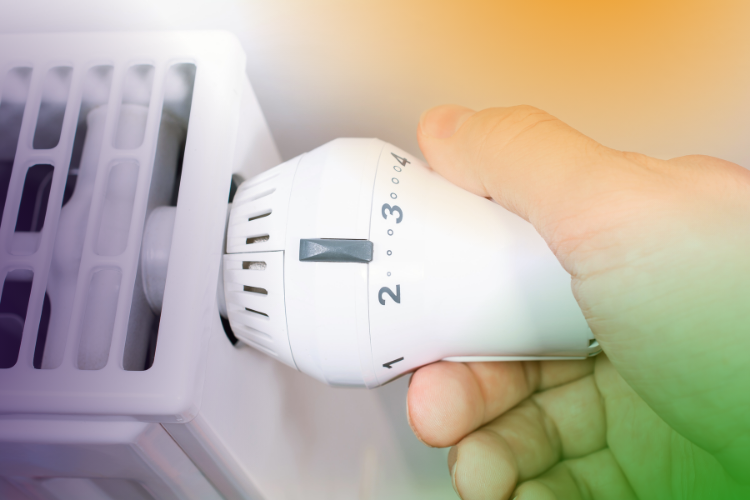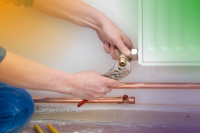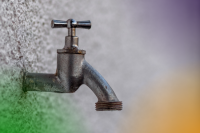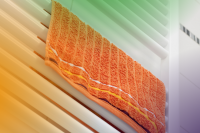The overwhelming majority of homes in the UK have central heating fitted, and it is an effective way of heating your home.
However, rising fuel costs mean that we are all paying more attention to the way in which we use our heating, and in many older systems there is no way of controlling the temperature of individual radiators, meaning heating is either on at full blast, or off completely.
Fitting thermostatic valves to your radiators is not a big job and will let you control the temperature in each room as well as saving you money off your heating bills.
Preparation
Fitting thermostatic valves on your radiators is not a major job, but you do require a certain degree of competence in DIY as one of the first things you need to do is drain the water out of the entire central heating system.
If you don’t have the confidence or knowledge to take on this work, it is best to get a plumber or heating engineer in to do it for you.
Gather together lots of old towels or rags, spanners, a radiator key, tape and a small hacksaw.
Buy as many thermostatic valves as you need to fit one on each radiator in the home as by fitting all the valves at once you will not have to repeatedly drain your central heating system.
Remove old thermostatic valve
Once you have drained your system, it's time to tackle the replacement of each valve on your radiators.
Put lots of old towels or rags on the floor as even though the system has been drained there will be water left and it will leak out.
Use a spanner in each hand to loosen the nuts which connect your radiator to the piping. Once the nuts have been loosened, you should be able to simply unscrew the existing valve, leaving a gap between the radiator and the rest of the pipe.
Replacing the valves
Once you have removed the old valve, it is simply a matter of putting the new one on the radiator in its place.
Thermostatic valves are all basically the same design but there are some variations with nuts and washers, so always read the instructions which come with the products and if you are unsure, ask for advice and assistance.
Tighten everything up as much as you can, using the tape if you need to tighten things further.
If you are replacing a valve on a particularly old radiator you may need to use your hacksaw to cut through pieces which have become fused together, but again if you are unsure of what you are doing, get the experts in to complete the job.
Refilling the central heating system
Once you have repeated this process for every radiator which needs a valve replaced and have ensured that everything is tightened up, refill the system.
If you notice that there are any cold spots at the top of radiators, use the radiator key to let any air out of the system.
You can then adjust your radiators to tweak the temperature to your preferences and save money on your heating bills too.







